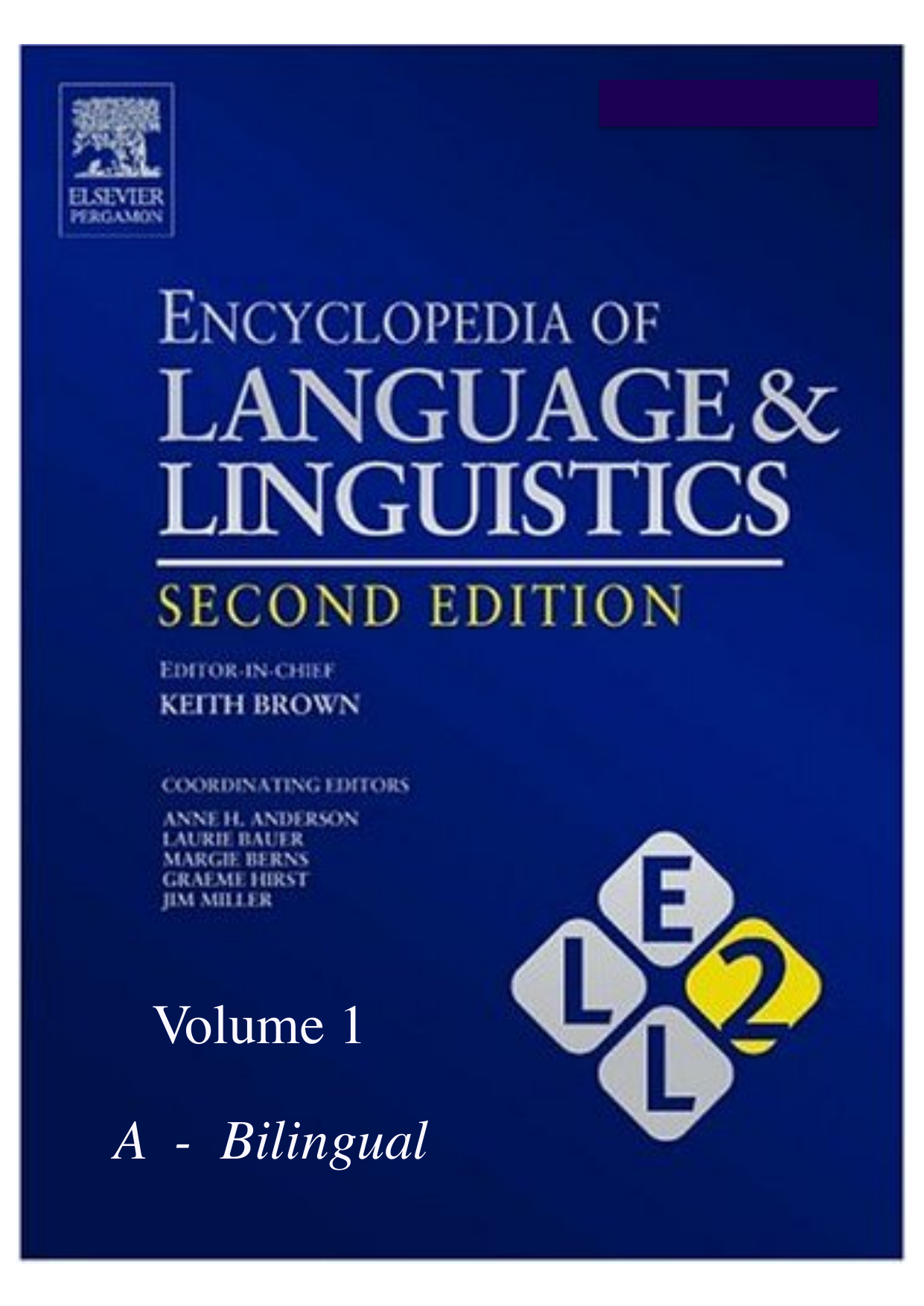
The book features the biographies and life histories of more than 50 men and women, most born between 18, and includes a special section on the founders of the Alaska Native Brotherhood (ANB). 3: An introduction to Tlingit social and political history. Haa Kusteeyí, Our Culture: Tlingit Life Stories, Vol. Winner of the 1991 American Book Award! $32. 2, Classics of Tlingit Oral Literature, University of Washington Press, 1990, 526 pp., illustrations, bibliography. Edited by Nora Marks Dauenhauer and Richard Dauenhauer (left). Most were taped between 19, but two speeches were recorded on wax cylinders by the Harriman Expedition in Sitka in 1899, and are the oldest known sound recordings of Tlingit. There are 32 speeches by 21 Tlingit Elders. It features Tlingit texts with facing English translations and detailed annotations, photographs of the orators and the settings in which the speeches are delivered, biographies of the Elders, and a glossary. Haa Tuwunáagu Yís is the first publication of Tlingit oratory recorded in performance. 2: Have you ever wondered what's going on at a memorial, sometimes called "potlatch" or "party?" Haa Tuwunáagu Yís, for Healing our Spirit is a study of the process and performance of a memorial. Haa Tuwunáagu Yís, for Healing Our Spirit, Vol. Haa Shuká is simultaneously a work of literature, a contribution to scholarship, and an act of homage to the Tlingit elders who contributed to the project for the sake of their descendants." $38. "With texts and a thorough introduction to their format, oral style, and cultural context, a lengthy explanation of Tlingit phonetics and grammar, extensive historical and linguistic notes, and brief biographies. 1, Classics of Tlingit Oral Literature, University of Washington Press, 1987, 532 pp., illustrations, notes, biographies, bibliography. Features Tlingit texts with facing English translations. Includes Naatsilanei (the origin of the killer whale), The Strong Man, The Woman Who Married the Bear, Kaats' (The Man Who Married the Bear), and two stories about the coming of the white man. Haa Shuka, Our Ancestors: Tlingit Oral Narratives, Vol. SHI's formline design kit and other tools to learn Northwest Coast Art can be found on the art resources page. More language tools can be found on the language resources page. Sealaska Heritage Institute produces curriculum and other education tools through its Education Programs. The people of the Aleutian and Pribilof Islands prefer toĬall themselves Unanga x̂ rather than Aleut.The institute encourages students and teachers to use its online resources. Themselves Alutiiq, while the closely related people of the southern Kenai Peninsula Lawrence IslandĪnd the nearby coast of Chukotka in Russia. Yupik without the apostrophe refers to the people of St. Note that mainland Yup’ik people prefer the spelling with p’, which indicates a long Of "inuk" meaning "person", and "Yupik" is a singular word meaning "real person" based Of "Inuit and Yupik people" or “Inuit and Yupik languages". "Inuit" is often used to encompass all Inuit and Yupik people, although I often speak Inupiat, literally "real people", and other groups that are included under the overall

Their language, which they call "Greenlandic" or "Kalaallisut." Alaska includes the Inuit people of Greenland refer to themselves as "Greenlanders" or "Kalaallit" in "Inuktitut" in eastern Canada although other local designations are used also. "Inuit," meaning "people," is used in Canada, and the language is called

Linguists believe that "Eskimo" is derived from a Montagnais (Innu) word ayas̆kimew meaning "netter of snowshoes." The people of Canada and Greenland have long preferred Prefers the term "Inuit" but some other organizations use "Eskimo". "Inuit" is now the current term in Alaska andĪcross the Arctic, and "Eskimo" is fading from use. People of the world, this usage is now considered unacceptable by many or even mostĪlaska Natives, largely since it is a colonial name imposed by non-Indigenous people.Īlaska Natives increasingly prefer to be known by the names they use in their own Although the name "Eskimo" was commonly used in Alaska to refer to Inuit and Yupik


 0 kommentar(er)
0 kommentar(er)
